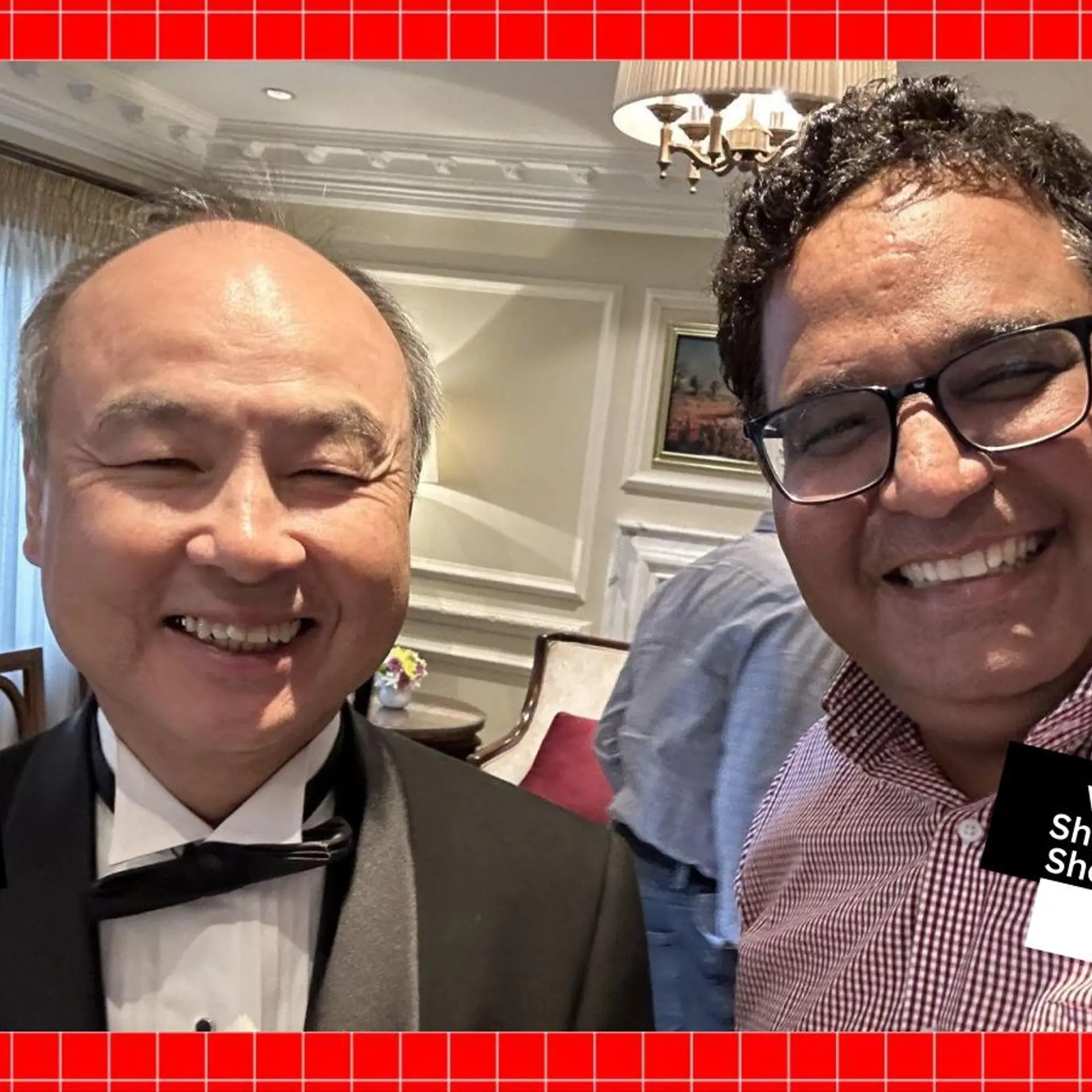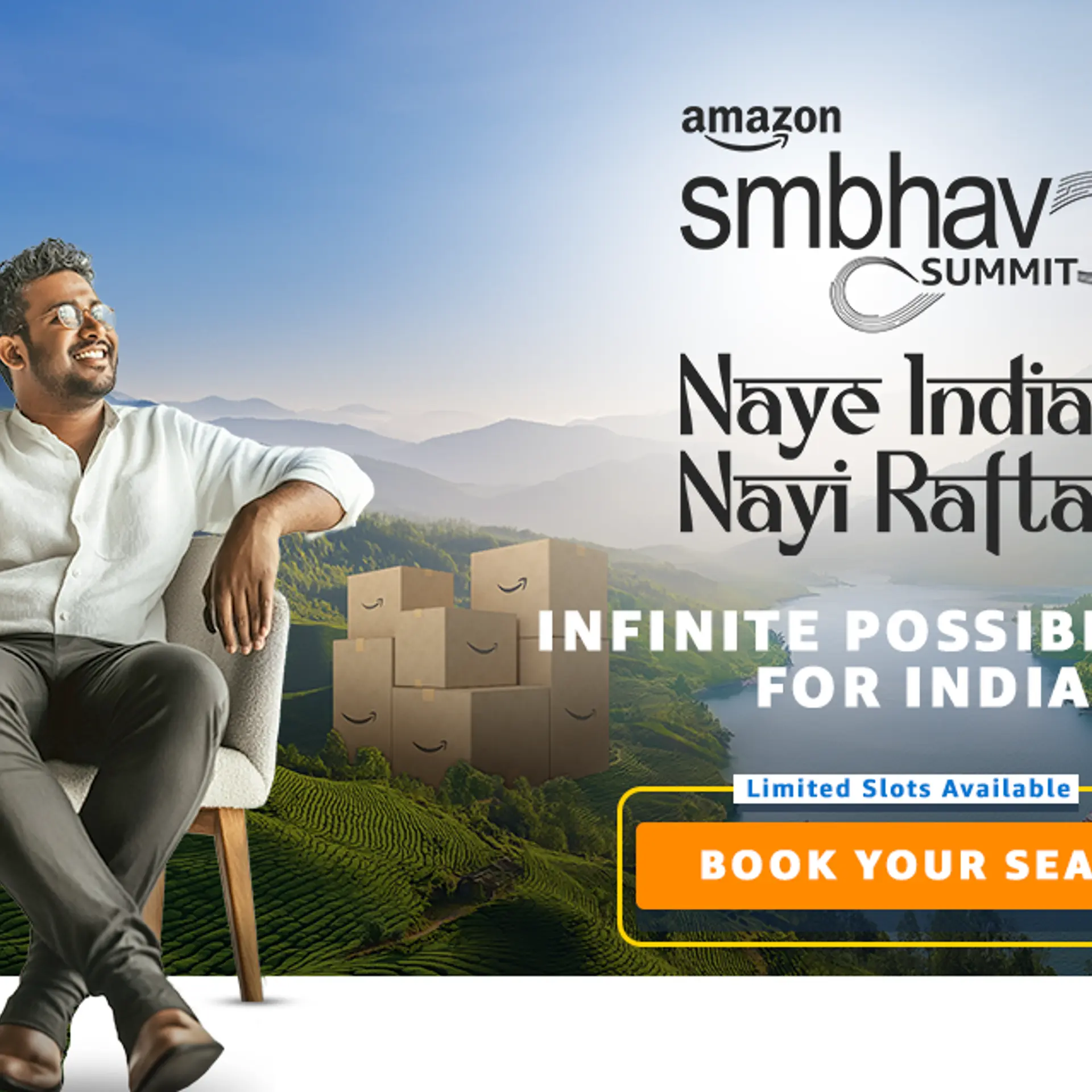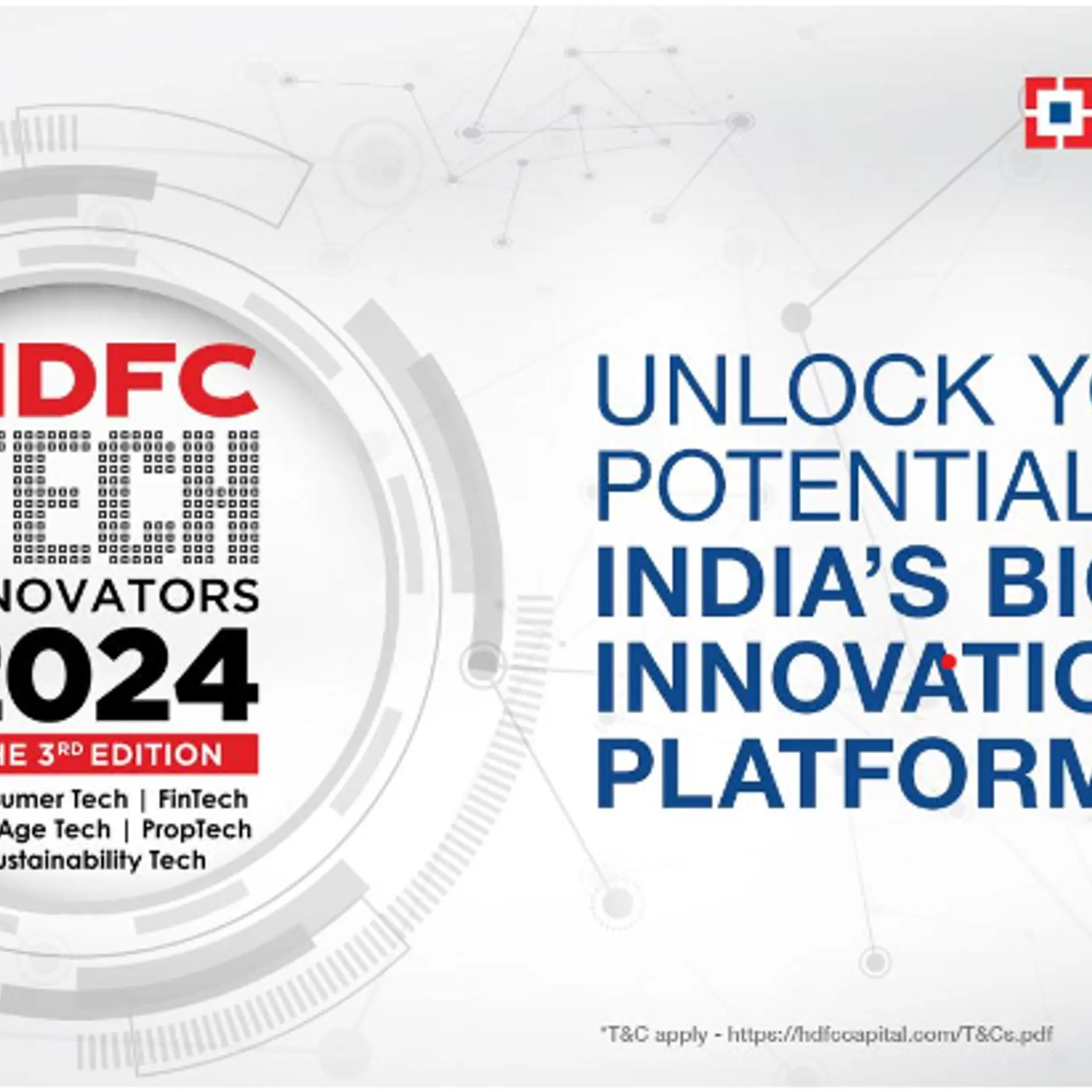
EMERGEOUT Chennai’s session showcases experiences to emulate“Water, water, water everywhere/Not a drop to drink” was a famous poetic line. But it will be mobile, mobile, mobile everywhere in India. In the Indian context, the weary Internet that doesn’t offer scale because it impacts a low percentage, say 7% of the population, gives way to mobile, which impacts 50% of the population. The world in your pocket is going to be anything but true and more so in the future.
In the NASSCOM EMERGEOUT Conclave, Chennai (June 7, 2011), a session on “Mobile Stories from the Field: Empowering Mobile Workforce” moderated by Extensio founder Sangeeta Patni showcased important experiences from a mobile entrepreneur (Sanjay Vijayakumar, MobME), a mobile service provider (Pradeep Rao, Alliances Solutions Manager, BlackBerry) and a corporate migrating to mobile (Alok Gupta, Jindal Steel) along with Kishore Mandyam, founder, Impelsys (remote healthcare through mobile).
Sanjay found a new ground to break with the Government of Kerala taking cue from e-governance initiatives of the government. His platform helps the government to reach all 14 operators (anyone of their choice) instead of going to them individually. For example, the electricity board wanting to share information with its 90 lakh consumers should reach out to mobile operators of all its consumers. Instead MobME offers a single platform through which the electricity board can reach all its subscribers in one go. Not only one department but the government on the whole wants to reach its citizens through mobile as evident from R. Chandrasekhar, DoT secretary, Government of India who says, “60% of [government] services can be delivered over the mobile phones.”
BlackBerry offers a suite of applications customized for many big companies in health care, education, sales/CRM in the areas of sales force automation, workflow, inventory management, mobile printing, mobile payment, compliance solutions, and risk assessment. Some of the customers include BNP Paribas, Merryl Lynch and Blac Sabadel. Thus the whole enterprise is brought on mobile.
Jindal Steel has enabled mobile for executive decision-making, information on the go for executives and a host of other initiatives. So many of its reports, information on its latest events and initiatives are transmitted to top executives through mobile application. Sometimes, a travelling executive is able to access information through which he or she would be able to make quick decisions. This initiative is expected to help improve productivity.
Villages in remote areas have no access to health care. To bridge the health care divide, Kishore Mandyam’s Impelsys has come out with a hardware device, which can be operated by a school pass out with training. This helps to offer solutions for common ailments to villagers as well as offer insurance facility for them to survive long-term illnesses. The hardware device is expected to be replaced by mobile eventually.
Thus this discussion showed only a few of the many possibilities. For mobile entrepreneurs, the whole world beckons and especially the government could become a big customer. In the US and UK, government initiatives require the services of software biggies like TCS, Infosys, Wipro, or others. In the future, the government in India could become one big customer for mobile initiatives. So are you there to reap riches from this opportunity?
—Venkatesh Krishnamoorthy, chief evangelist






